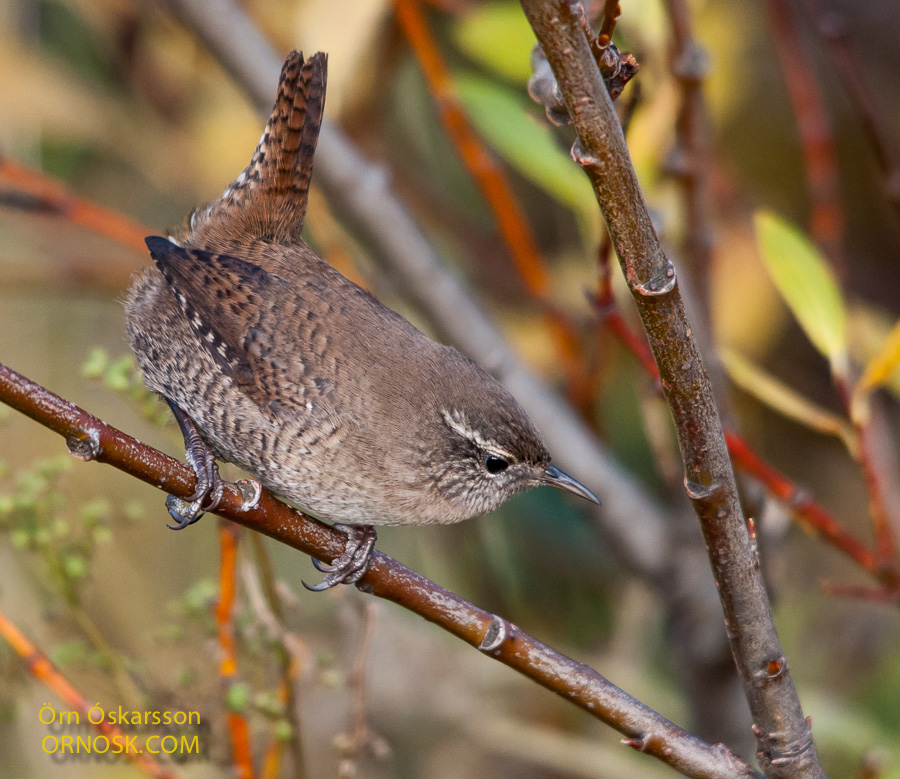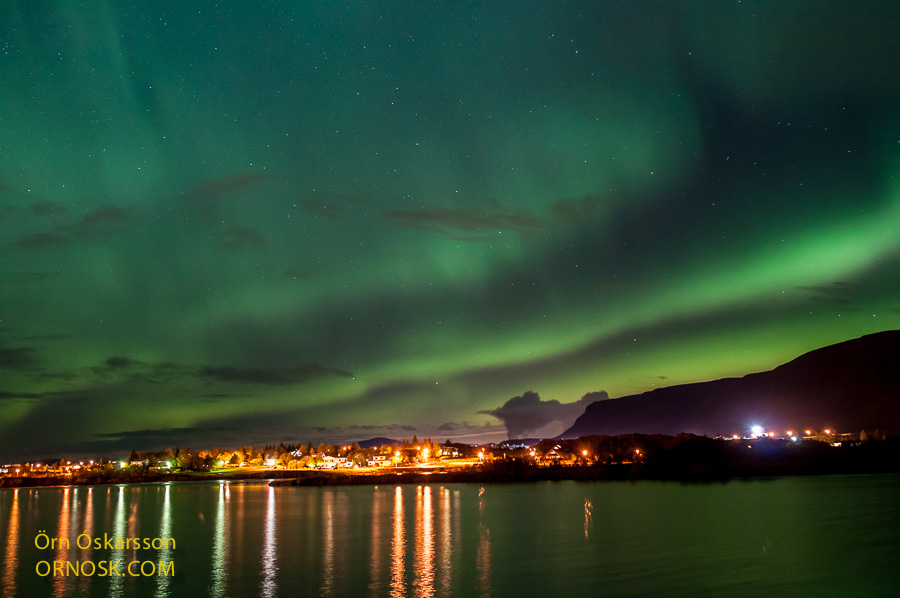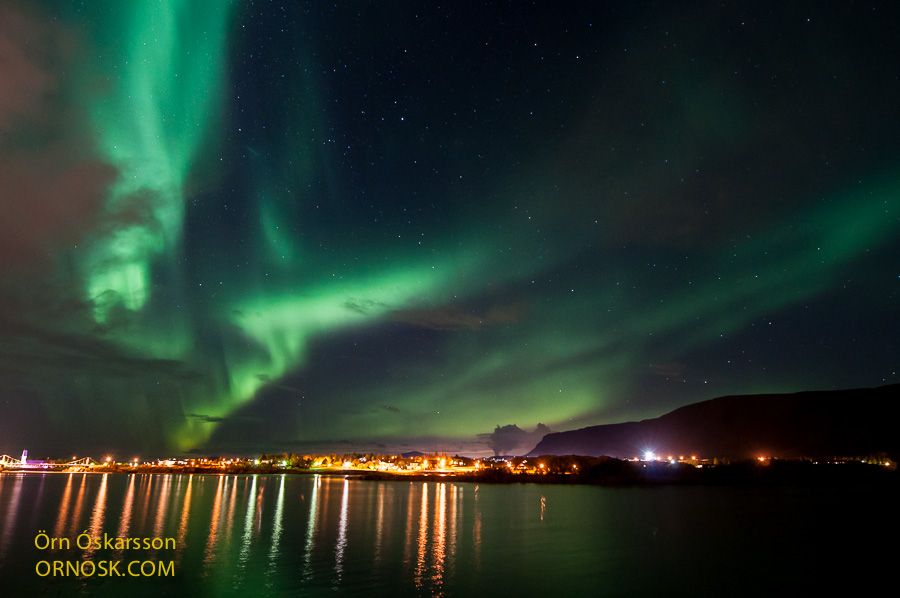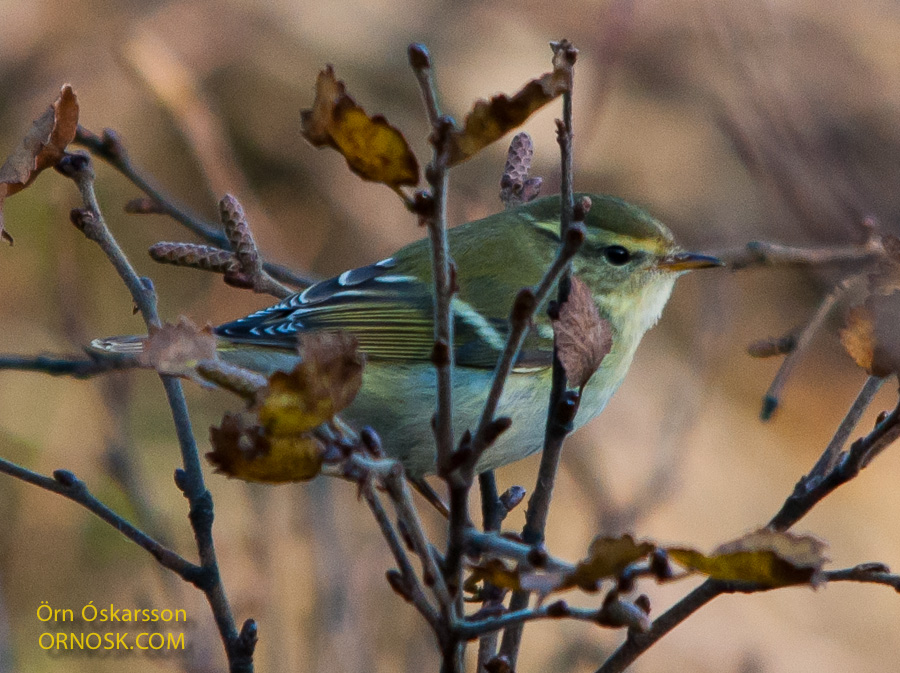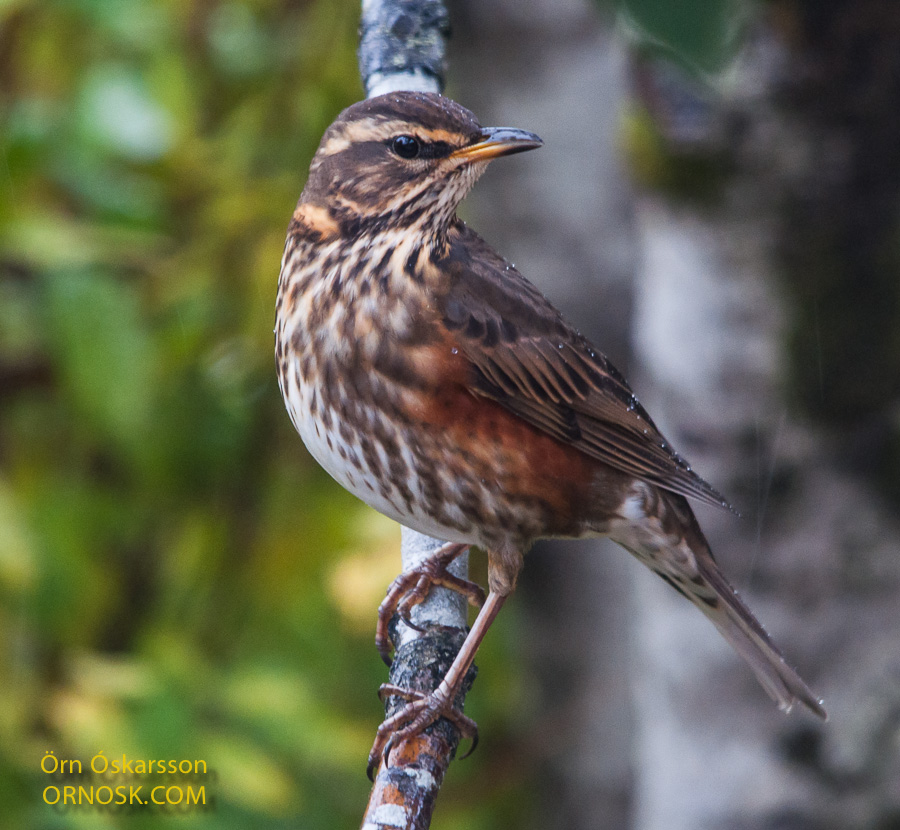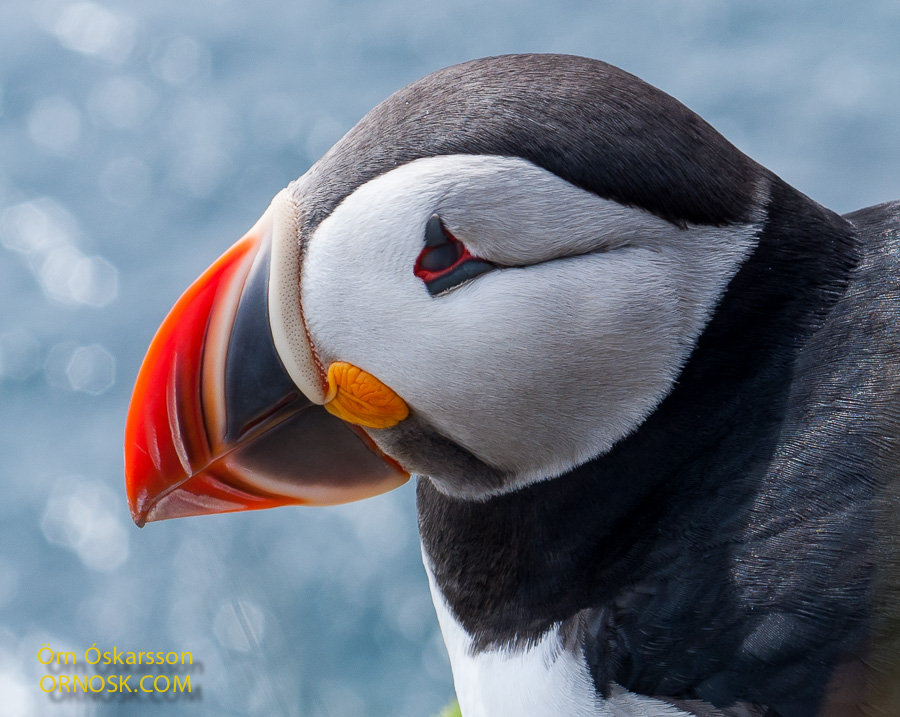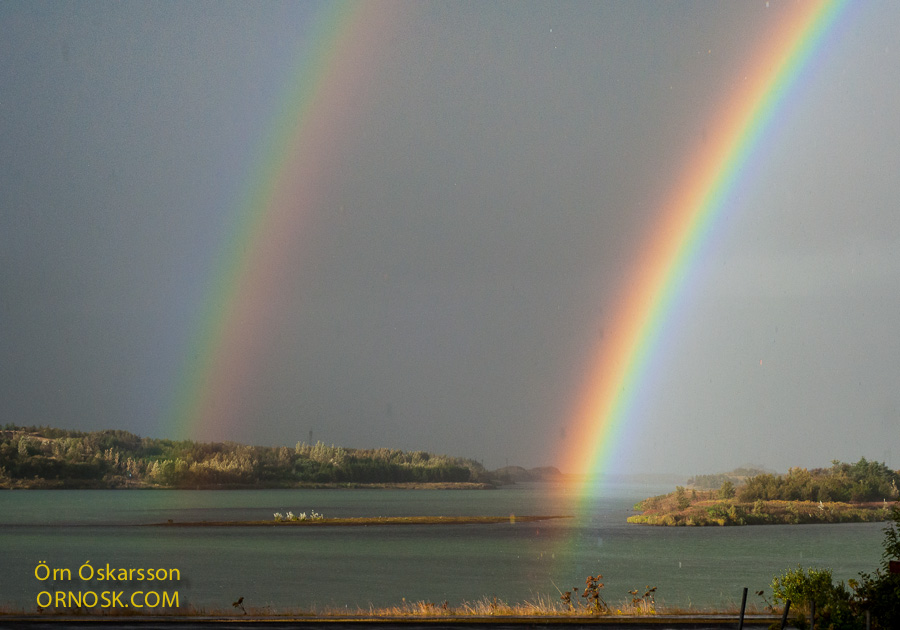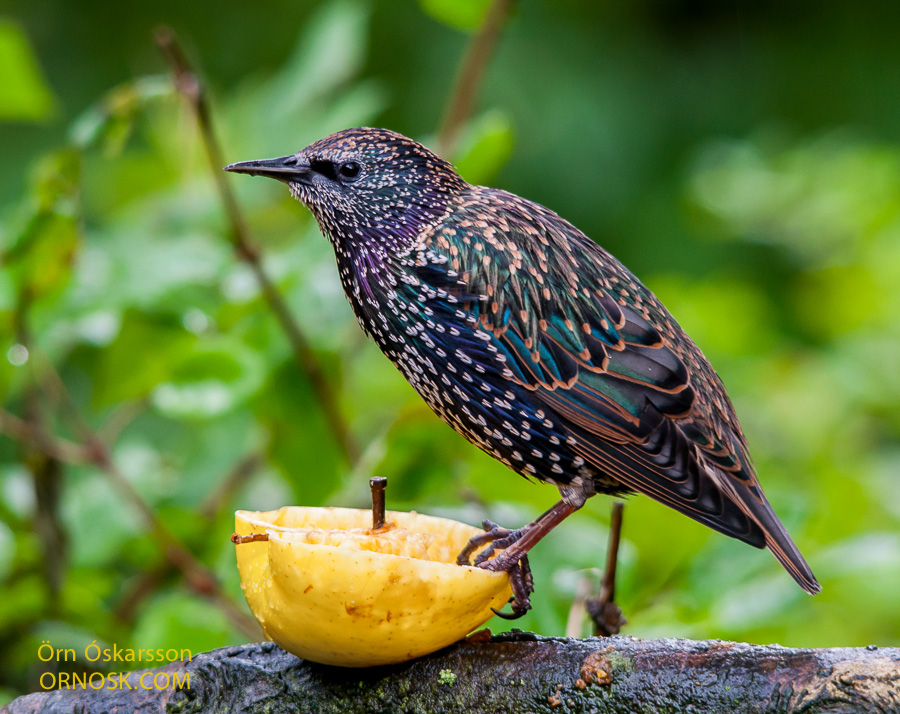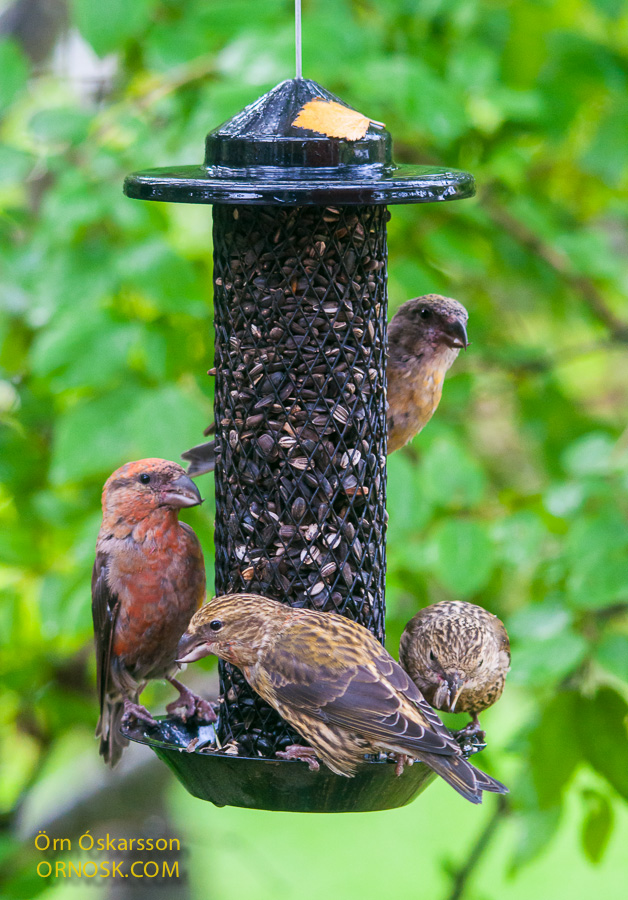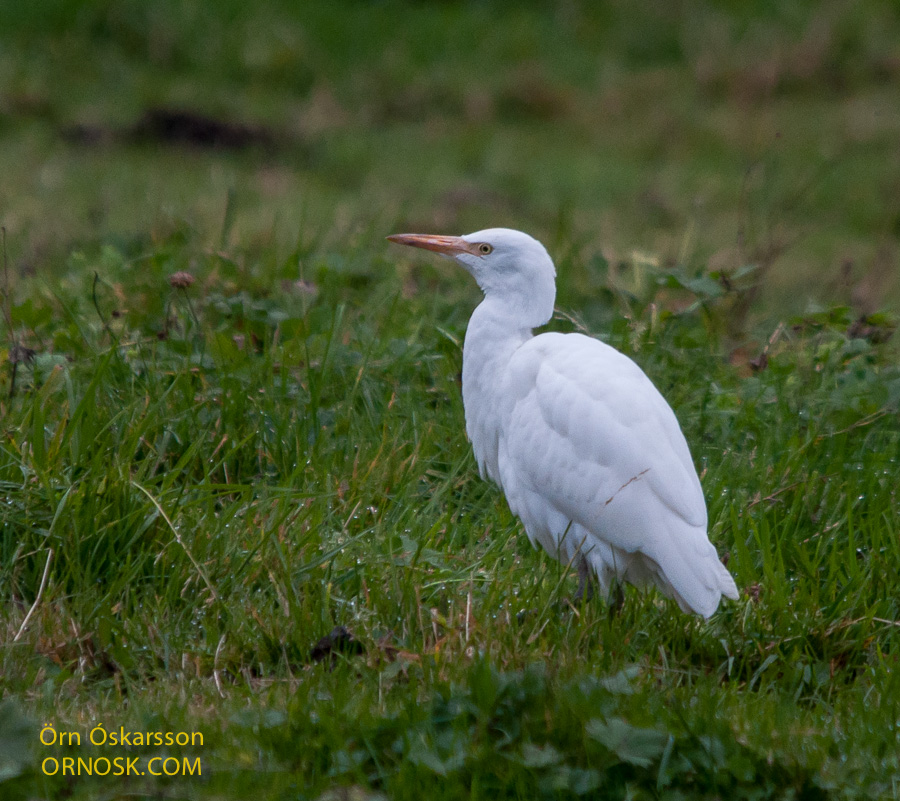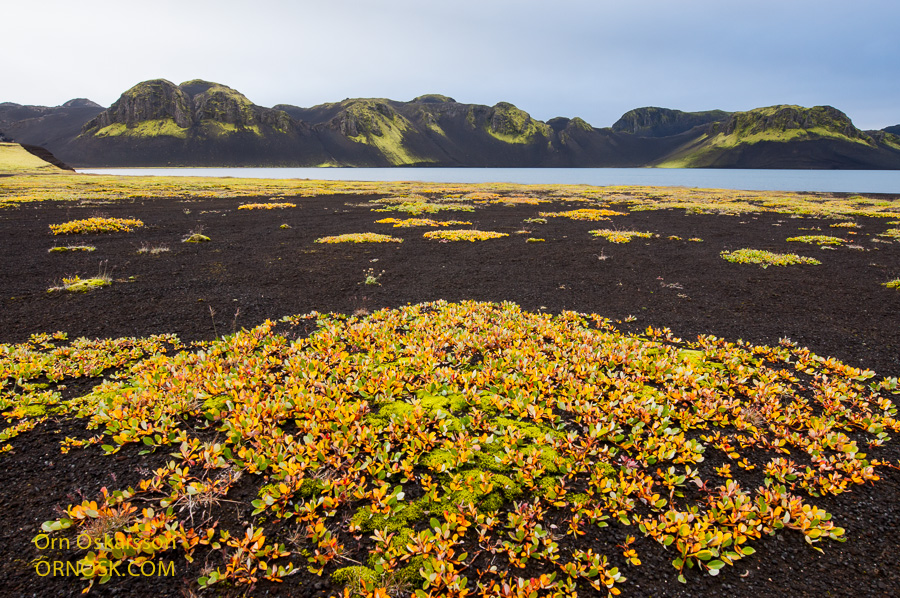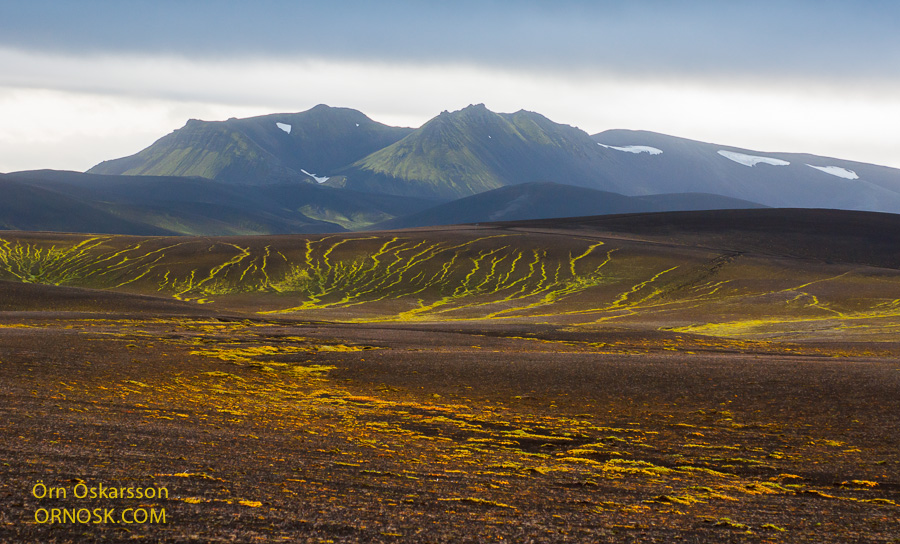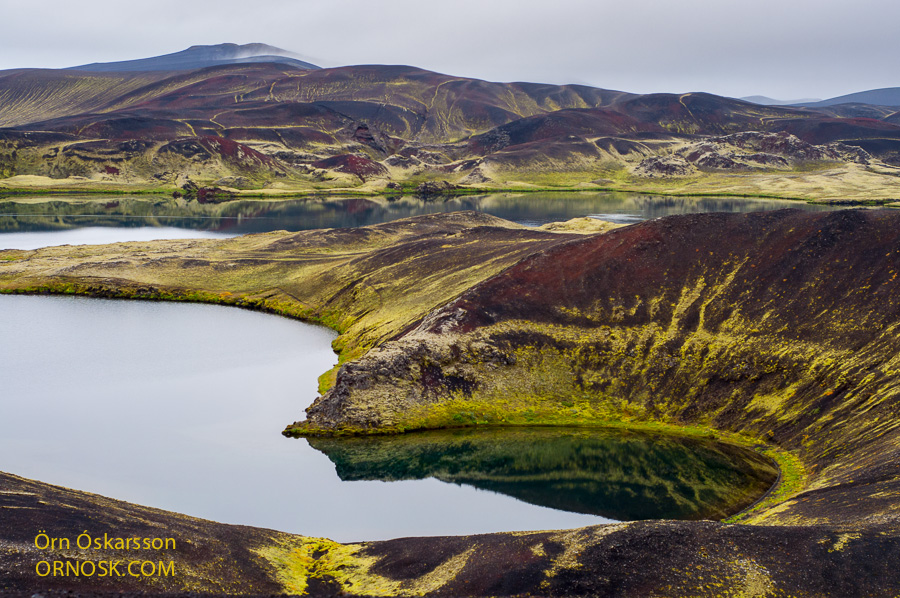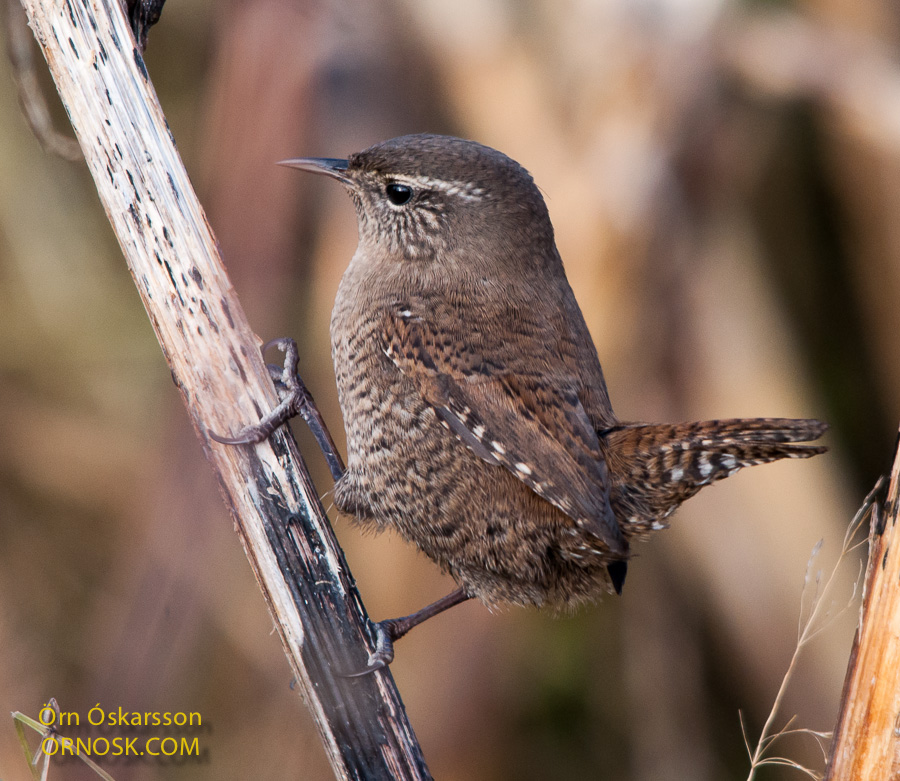
Quite a few Wrens have been seen recently in gardens and woodlands in the South. The summer seems to have been a good one for the species. They are now coming down from their breeding grounds in the highlands to spend the summer in the lowlands. The Wren spends the whole year in Iceland. Most spend the winter by the seaside, or by rivers and creeks that do not freeze, and eat insects, spiders and crabs.
Icelandic Wrens are bigger and darker than European ones.
This Wren was photographed in Grímsnes, South Iceland,


